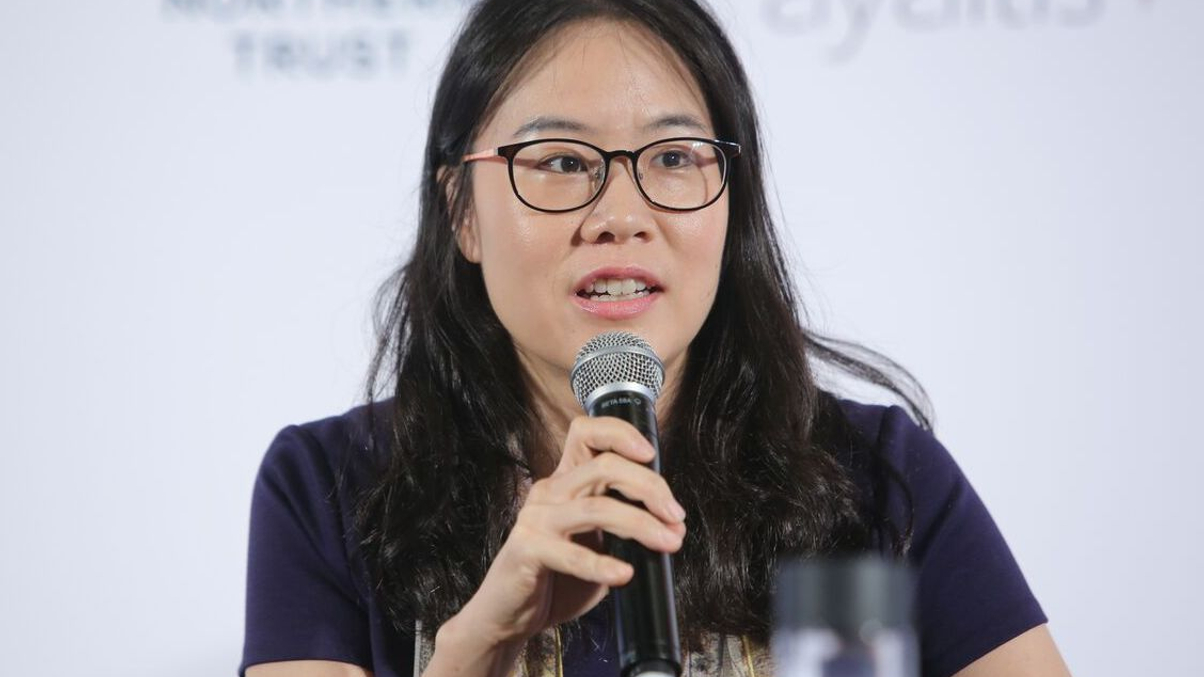KIC, NPS seen building strategy teams
Certain Asian institutions are building their in-house talent, eyeing less constrained allocation strategies and cutting manager lists, heard an AsianInvestor forum yesterday.

Asset owners in Asia need to develop a less constrained allocation approach, amid a growing trend to build investment strategy teams and cut fund manager rosters, said panelists at AsianInvestor's Asian Investment Summit yesterday in Hong Kong.
Sign In to Your Account
Access Exclusive AsianInvestor Content!
Please sign in to your subscription to unlock full access to our premium AI resources.
Free Registration & 7-Day Trial
Register now to enjoy a 7-day free trial—no registration fees required. Click the link to get started.
Note: This free trial is a one-time offer.
¬ Haymarket Media Limited. All rights reserved.


